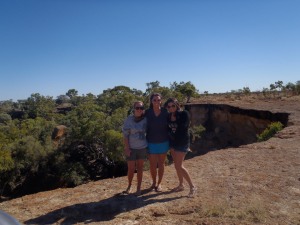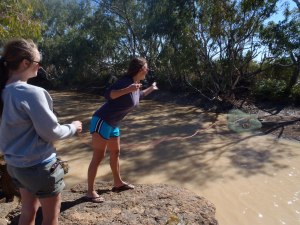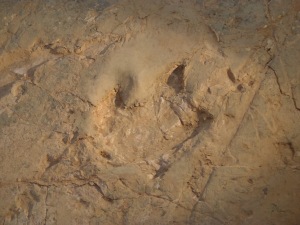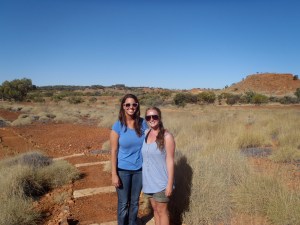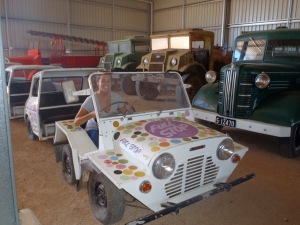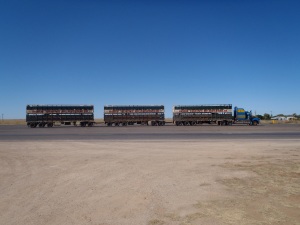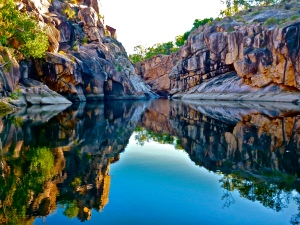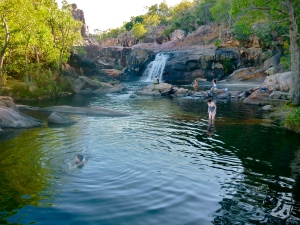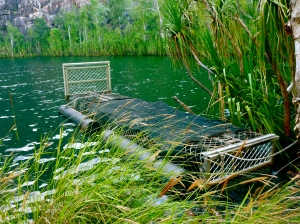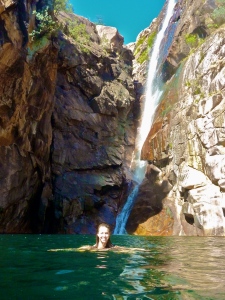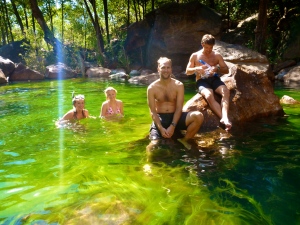Today was quite eventful with lots of “firsts” for me. It all started when AJ picked me up this morning around 10am for a lovely round of golf, which I may or may not have been pestering him about for ages, HA!
 Only joking.. that’s a picture of the Golf Club of Tennessee. The Winton course was unlike anything I have ever seen. Rather than having luscious fairways and greens, lined by trees and brooks, the Winton Golf Club is quite literally a dirt course.
Only joking.. that’s a picture of the Golf Club of Tennessee. The Winton course was unlike anything I have ever seen. Rather than having luscious fairways and greens, lined by trees and brooks, the Winton Golf Club is quite literally a dirt course.
My golf game was a total disaster. I rarely hit the ball in the air, and when I did, it was never straight. Very disappointing, but I still had a fun morning. I found it awkward playing on the course because you have to tee up on every shot, including chip shots to the green. AJ said that on other dirt courses, you can move your ball 1 golf club length to a patch of grass, but there’s just not enough grass patches on the Winton course for that rule to apply very often. There were no sand traps, and probably only water hazards when it’s the wet season, although the only marked hazards were areas of “high grass” that had actually been mowed. AJ reckons that the caretakers mow it every time they lose a ball.
The putting “green” was made of dirt and recycled petrol… I think? I may need to get some verification on that.
Once your ball is on the green, you have to rake a path from your ball past the hole in order to smooth out the line. The speed of the green is dependent upon how much [recycled petrol?] is put into the mix. Most of the greens were perfectly flat so you could just line your put with the marks left by the rake. I realized toward the end that I was relying a bit too much on that though because some of them started to actually break a bit. There goes the one thing I was faring well with!
The dirt course was certainly an experience! I’m still trying to tell myself that I would have played better if I could have swung with a few divots. (Shhhh, we’ll just go with that!) I will have to give some props to AJ though because he didn’t try to coach me at all (until it was pretty obvious I needed some sort of guidance when I wasn’t getting any better). Take notes, Dad!
After playing 9 holes of golf, we put his golf bag back into storage and regrouped for the camel races, another “first” for me! When I got back to the Aussie, Emma and Jasmin were prepping in their dresses so I quickly followed suit. Shortly after, AJ gave us a lift down to the show grounds, which would have been about a 15 minute walk otherwise. We meandered our way through a couple of stalls with hats and pins and puppets, then decided to follow the crowd into the center arena, where we found ourselves watching the camel tagging competition.
Camel tagging… The contender climbs inside the fence where he waits to meet his furry component. With one hand on the fence, the judges start the clock. The contender must then chase down the camel and “tag” it by sticking a provided strip of ducked tape anywhere on its body. He must then touch the fence where he started before retrieving the piece of ducked tape that he stuck on the camel. Whoever can achieve this two-step process in the shortest amount of time wins the prize money. But the event does not come without its hazards. While trying to tag and untag the camel, the camel itself is running, kicking, spitting, and even biting at the contestants. It’s a dirty job, but man, oh man is it hilarious to watch!
After the camel tagging, the crowd dispersed back into the main viewing area for the races. As soon as we crossed over the race track, we found ourselves mesmerized by all the cute and cuddly little creatures in the petting zoo… along with all the other kids. It was only $4 to go inside, but I think we were all a little too embarrassed to be pushing the 6 year olds out of the way so that we could hold the baby ‘roo.
Joeys are actually adorable to watch. Yeah I know, hard to believe. You hold up a little pillow case or a jacket with the sleeves tied up or anything else cozy and resembling a pouch, and they dive in head first leaving just a tail or foot awkwardly sticking out of the top. So funny!
One burger and a couple foot-racing competitions later, the camel races themselves were back on.
The camel races are very similar to any horse race, except that sometimes the riders can fall off the back of the camel, and other times the camel will decide to stop racing and turn in a completely different direction. At least that was the case about 10 years ago. Now there’s a bit more money at stake, so people actually take care to train their camels. I was still hoping for some sort of novice mistake! Regardless, they are such awkward creatures when running. They look so clumsy with their big dangly legs swinging around in front of themselves. Pretty amusing!
I wasn’t able to stay for the remainder of the races because I had bar duties to attend to at The Aussie, but I certainly enjoyed my big day out! Not many Americans could say they’ve played golf on a dirt course or cheered at the camel races, but somehow Winton made it possible for me to do both in one day. What a wild place this is!











